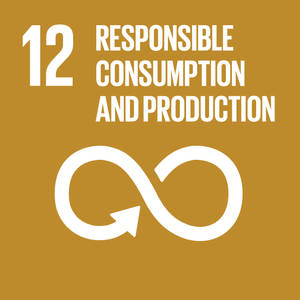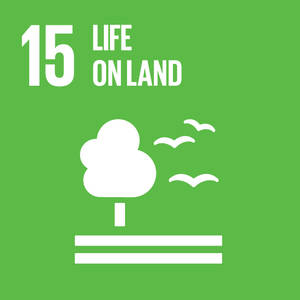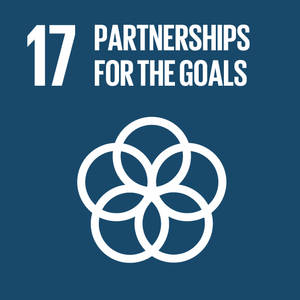C&I offer a framework for characterizing the essential components of sustainable forest management (SFM) and for acknowledging the wide range of economic, social and environmental benefits that SFM generates for society.
There are growing expectations that managers demonstrate SFM by quantifying progress towards goals and outcomes. C&I provide a way of consolidating information on the economic, social and environmental aspects of forests, and trends in these, in an understandable and communicable way. Thus, C&I have emerged as a powerful tool for promoting SFM.
Criteria define and characterize the essential elements or conditions against which SFM should be assessed, with consideration given to the productive, protective and social roles of forests. Each criterion relates to a key element of sustainability and is elaborated by indicators. Criteria represent the core values or management goals and objectives set forth in national forest programmes and other similar policies and initiatives. A single criterion may be associated with multiple goals and objectives, and vice-versa.
Indicators are variables or parameters that enable the measurement of particular aspects of criteria. Indicators help monitor the status of, and trends in, forests in quantitative, qualitative or descriptive terms.
For example, the first criterion of the Montréal Process Working Group on the Conservation and Sustainable Management of Temperate and Boreal Forests, “conserve biological diversity”, expresses a core value held by those countries participating in the Montréal Process. Each of the three subareas of this criterion—ecological diversity, species diversity, and genetic diversity—has three indicators that measure dimensions of the core value. The desired changes will most often be defined in terms of “moving the needle” in a certain direction in one or more of the nine indicators.
Table 1. Indicators of Criterion 1 of the Montréal Process Working Group’s criteria and indicators for the conservation and sustainable management of temperate and boreal forests
Table 1. Indicators of Criterion 1 of the Montréal Process Working Group’s criteria and indicators for the conservation and sustainable management of temperate and boreal forests
Criterion 1: Conservation of biological diversity |
Ecosystem diversity |
1.1.a Area and percent of forest by forest ecosystem type, successional stage, age class, and forest ownership or tenure |
1.1.b Area and percent of forest in protected areas by forest ecosystem type, and by age class or successional stage |
1.1.c Fragmentation of forests |
Species diversity |
1.2.a Number of native forest associated species |
1.2.b Number and status of native forest associated species at risk, as determined by legislation or scientific assessment |
1.2.c Status of on-site and off-site efforts focused on conservation of species diversity |
Genetic diversity |
1.3.a Number and geographic distribution of forest associated species at risk of losing genetic variation and locally adapted genotypes |
1.3.b Population levels of selected representative forest associated species to describe genetic diversity |
1.3.c Status of on-site and off-site efforts focused on conservation of genetic diversity |
Source: The Montréal Process Criteria and Indicators for the Conservation and Sustainable Management of Temperate and Boreal Forests. Fifth edition, 2015.
C&I are also potentially powerful instruments for providing a common understanding of the wide range of economic, social and environmental values of forests. They can help promote agreement on key issues; identify information needs; serve as a reference framework for policy design, planning and programming; facilitate the monitoring of results; and contribute to evidence-based decision-making on forests. Thus, C&I can be employed as a means for verifying the sustainability of forest practices (e.g. through audits) and for achieving consistency in forest management.
ITTO pioneered the development of C&I in tropical forests in the early 1990s, publishing the world’s first set of criteria for SFM (Criteria for the measurement of sustainable tropical forest management) with the aim of enabling the assessment of the condition of tropical forests in producer member countries and identifying weaknesses in forest practices and the improvements needed. By 2000, based on ITTO’s early work and the outcomes of the 1992 Rio Earth Summit, C&I initiatives had been launched worldwide to guide and evaluate the achievement of SFM at different levels, and many countries now produce national reports that assess their progress toward SFM using C&I.
Most C&I processes have customized C&I to meet regional needs. Examples include the C&I of the Lepaterique Process for Central America, the C&I of the Tarapoto Process for Amazonian forests, the Montréal Process, and the African Timber Organization (in collaboration with ITTO). Forest certification processes, such as those of the Forest Stewardship Council and the Programme for the Endorsement of Forest Certification, have used C&I in developing their forest management standards. C&I, therefore, serve useful functions in both policy and market-driven approaches, with direct and indirect links between the two.
The recent adoption of the Sustainable Development Goals (SDGs) is driving “results-based” management and governance in the management of resources, including forests. The forest sector can build on C&I for assessing progress towards various SDGs, especially SDG15.




